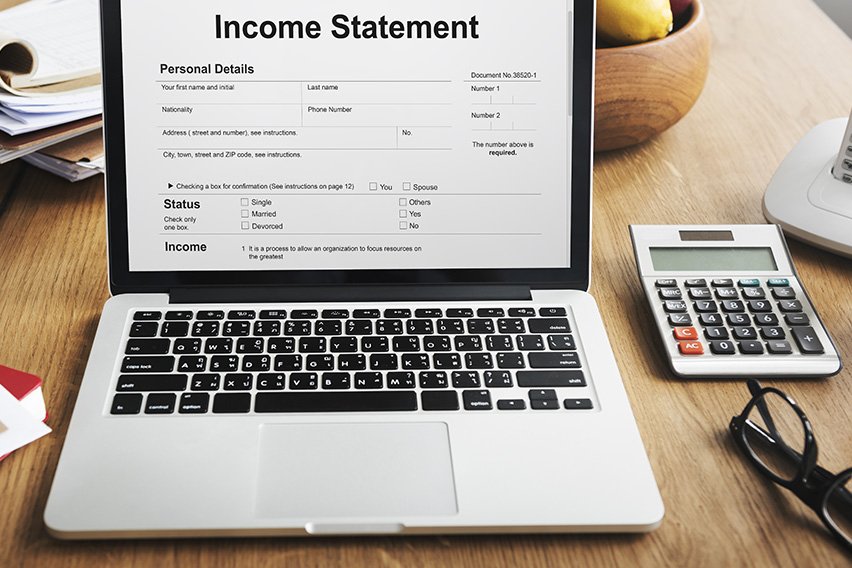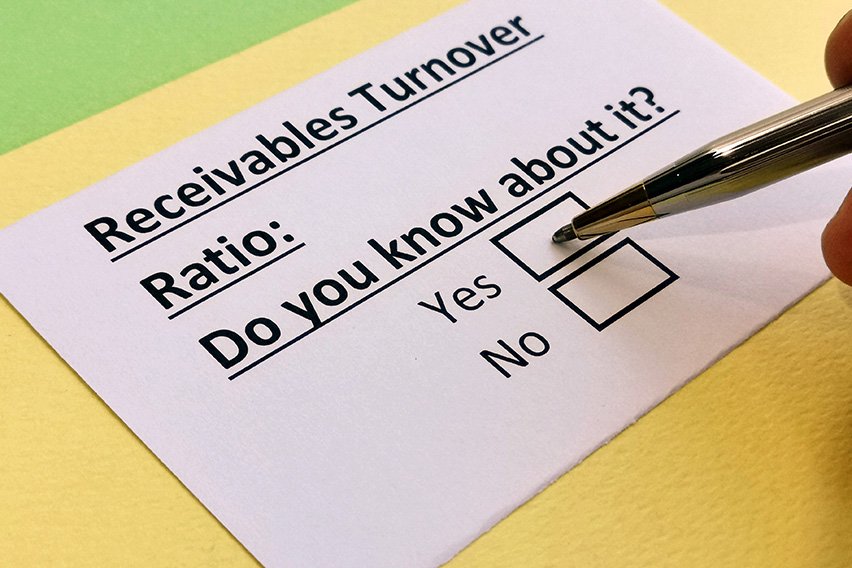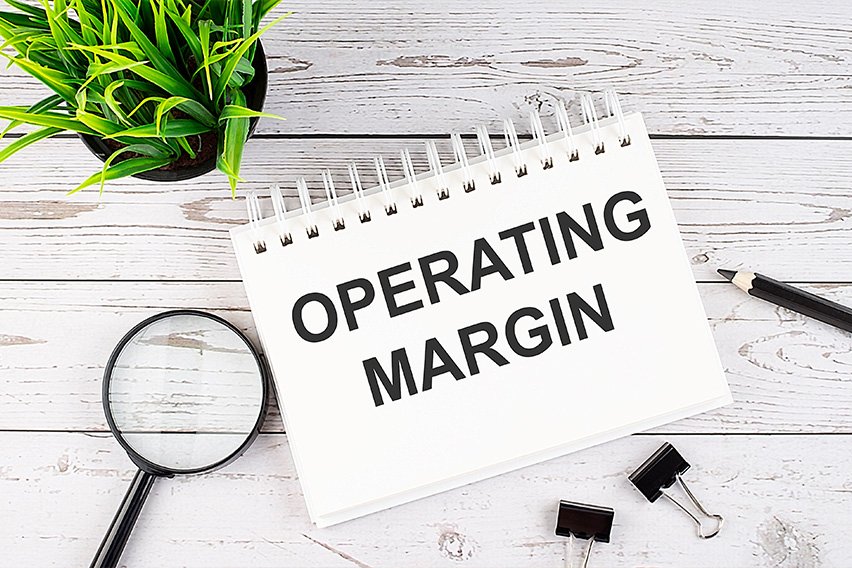How to Increase Profit Margins: Top 5 Ways to Increase Your Small Business’s Revenue

Your company’s profit margin is the percentage of revenues that remain after deducting cost of goods sold. Successful businesses work hard to ensure that percentage is as high as possible. Here are our top 5 ways to increase your profit margins:
- Increase Prices to Increase Profit Margins
- Evaluate Your Business’s Cost of Goods Sold
- Assess Each Product’s Profit Margin
- Assess Your Existing Clients
- Manage Your Inventory More Efficiently to Increase Profit Margins

1. Increase Prices to Increase Profit Margins
This may seem like the most obvious way to increase your company’s profit. Simply increase the price of a product, and you’ll make more off every sale, right? Maybe, or maybe not. Chances are you or your team already researched the market extensively when your company first introduced the product to consumers, to determine the exact pricing. You’ll want to do that again, and get answers to the following questions:
- What are you charging now for your product compared to your competitors? It can be very dangerous to raise the price if your competitors are already charging the same, or less, for a product with similar features.
- What do you want to charge, and how many customers do you anticipate losing as a result of this increase? Consider whether these losses will negate any extra profit realized from raising the price in the first place.
- Are there extra features that you could add to your product easily, or at low cost, that would justify a price increase that would be greater than the cost of this extra production? (and will your customers pay it?)
You may need to conduct some focus groups to get the answers to some of these questions.
2. Evaluate Your Business’s Cost of Goods Sold
The calculation for profit margin, or gross profit margin is:
Profit Margin = (Revenue – Cost of Goods Sold)/Revenue x 100
The answer will be the percentage of revenues that remain after deducting cost of goods sold. Cost of goods sold (or COGS) are the “direct” costs of producing your product. Think of it as the “cost of sales”. COGS include charges related to:
- Depreciation
- Factory overhead
- Labor
- Materials
- Storage
All of these expenses affect your profit margins.
To increase your profit margins, ask yourself if there’s a way to lower some of these costs. Talk to your:
Suppliers
Can you negotiate new rates with your suppliers? You don’t have to wait for contract renewal time, if you already have good relationships in place. If those discussions don’t pan out, consider reaching out to new suppliers.
Landlord
Can you re-negotiate with your landlord on the office or factory rent? It’s very likely your landlord won’t want to lose you as a client, because it will cost him time and money to find another company to fill your space.
Factory Supervisor
Labor. Are you paying too much? Is too much overtime authorized? If those aren’t problems, what’s the turnover like? Training new personnel, and often, can be a drain on a company’s resources, including money. What about cross training employees so that they can do more than one task or job? Will that save your business money on labor costs?
Outside Contractors
Consider outside companies that are involved in your business, like the people who come in to do your machine maintenance. Is anyone on your team evaluating the value these services provide (maybe the machines don’t need maintenance as often?), and if they’re worth it? If they are, can these rates also be re-negotiated?
Your COGS total can be found on your company’s income statement. Have your accountant break down the related charges for you, then assess where you think you might have some wiggle room for cutting these types of expenses.
3. Assess Each Product’s Profit Margin
How many products do you make now? Is it possible that your company’s profit margins are lower than they could be, because some products cost more to produce, or sell less, than others?
Consider the impact of dropping a product from your existing product line. How much will that affect your revenues? Does it mean you can produce more of another product, maybe one that is in more demand?
Let’s give an example.
Al’s Automotive Accessories in Atlanta is a small business that makes a number of aftermarket car accessories, including USB chargers, dash cams, backup cameras, organizers, chrome bumpers and more.
Al mass produces and sells two different types of dash cams.
Dash Cam A costs $85.00 to produce and sells for $200.00. Al’s retailers often run out of stock, and back-order the product. Every three or four weeks, Al finds himself authorizing overtime in the plant on evenings and weekends, to produce more of them. Dash Cam A is realizing a very nice profit.
Dash Cam B costs $85.00 and sells for $250.00. The product sells at only half the rate of Dash Cam A. It has a couple of extra cool features that A doesn’t have, but Al suspects the price point is just too high.
When assessing his profit margins, Al decides to cut Dash Cam B from his production. This means the time that would be spent manufacturing B can now be allocated to extra production of Dash Cam A. Since A is often out of stock, he can help fill that void, and eliminate most, if not all, of the overtime.
These two actions will results in lowering Al’s cost of goods sold, and thereby increasing his profit margins.

4. Assess Your Existing Clients
Take a long, hard look at your client list. Are there some clients who are always taking up too much of your time, demanding a discount, based on some real or imagined slight? This could be anything from your sales rep not calling back fast enough, or complaints that shipping is too expensive or takes too long (even though the rates and times are posted on your website and order forms).
Now, consider how much revenue these difficult clients are actually bringing your business. Do they order enough that you need to keep them? How much extra revenue could you make if you spent the time instead on prospecting and locking in new clients?
5. Manage Your Inventory More Efficiently to Increase Profit Margins
What kind of inventory management system do you have in place now? Are your products just sitting on a shelf? How do you know when something has been distributed? Are there measures in place to prevent theft?
Not having an inventory management system can be a serious drain on revenue. This is particularly a problem for small businesses with a single-entry system of accounting, because inventory is not tracked.
An inventory management system will track your goods through the entire manufacturing process, from production all the way through to storage, shipping, and retail. It will also track returns, and flag when stock of a particular item is low. You’ll also know if items go missing.
You can also use the system to assess sales patterns, as likely there are periods of the year when your product may be in more demand, and stock is typically low. Take Al from Al’s Automotive (in the above example). He knows that Dash Cam B doesn’t sell very well, because he always has plenty of it in stock.
With an inventory management system in place, you will know the exact number of units you have of every product, and where they are.
If you don’t have a proper inventory management system in place, make that a priority. It will increase your profit margins, starting from the moment it’s implemented. Read our post on the best Inventory Management Systems for Small Businesses to avoid costly inventory mistakes and find the perfect fit for your unique needs.
RELATED ARTICLES

 How To Calculate Liabilities: A Step-by-Step Guide with Formulas
How To Calculate Liabilities: A Step-by-Step Guide with Formulas What Is an Income Statement?
What Is an Income Statement? How to Calculate Accounts Receivable Turnover
How to Calculate Accounts Receivable Turnover What Are Fixed Assets? A Simple Primer for Small Businesses
What Are Fixed Assets? A Simple Primer for Small Businesses Operating Margin Equation: How to Calculate
Operating Margin Equation: How to Calculate Is Service Revenue an Asset? Breaking down the Income Statement
Is Service Revenue an Asset? Breaking down the Income Statement